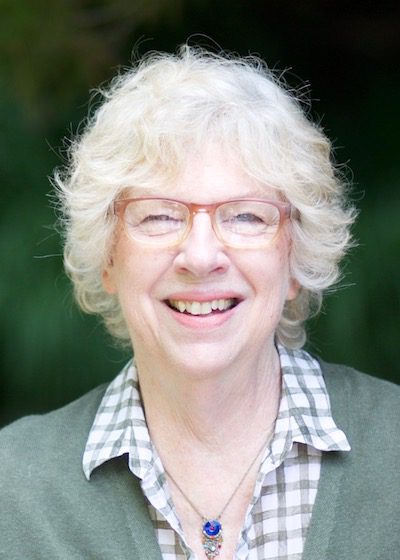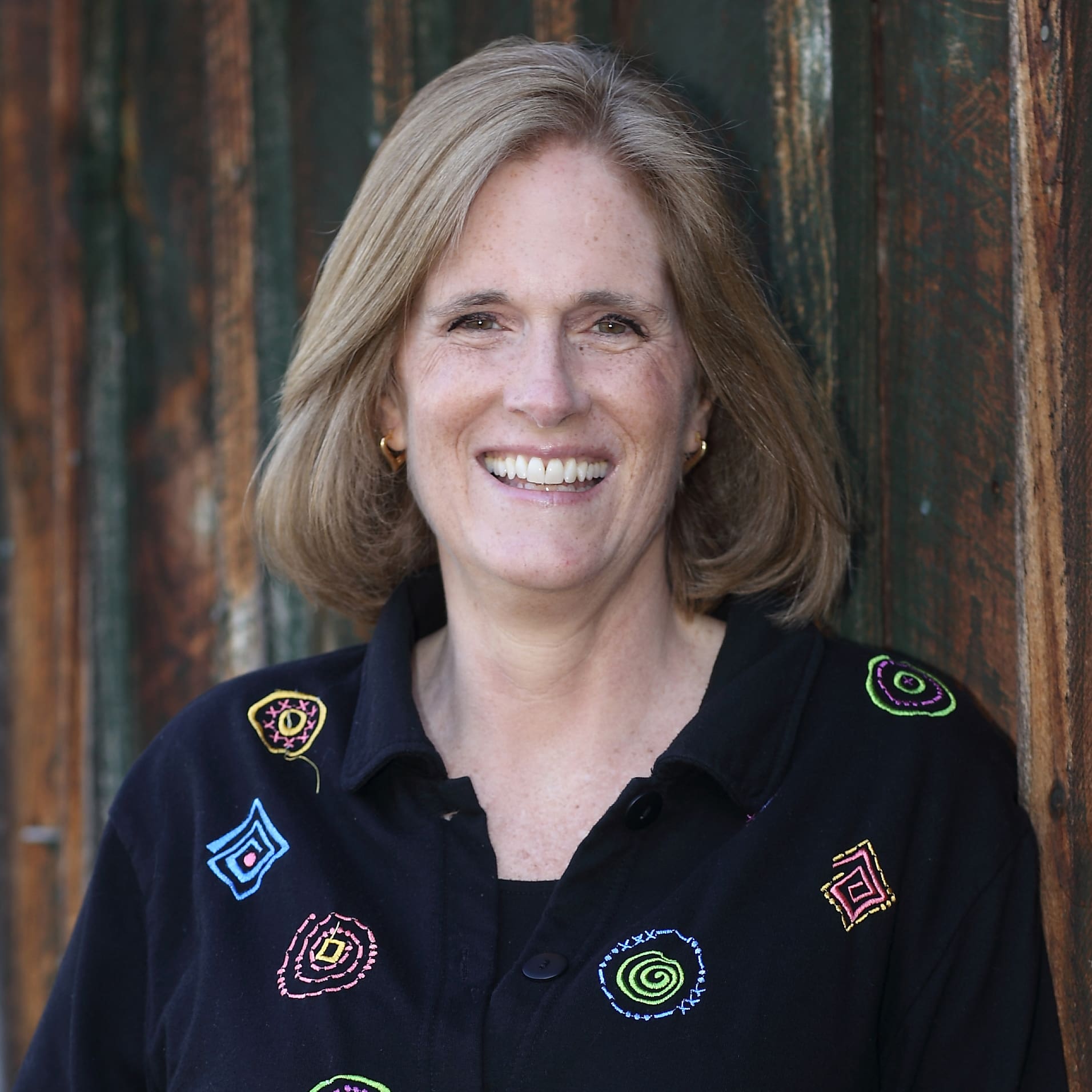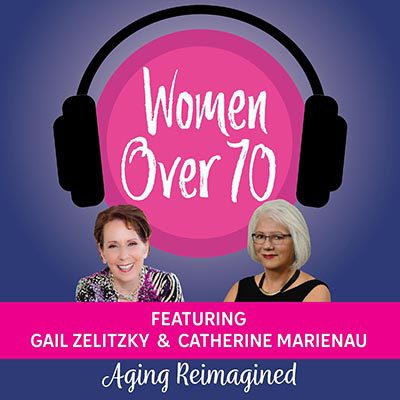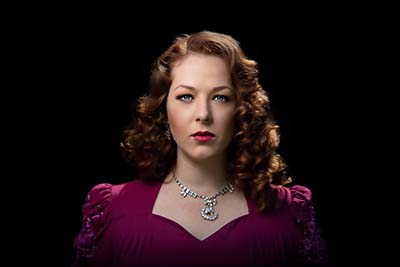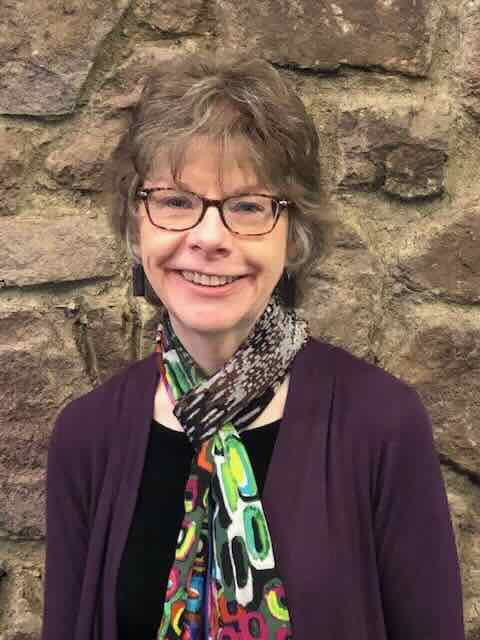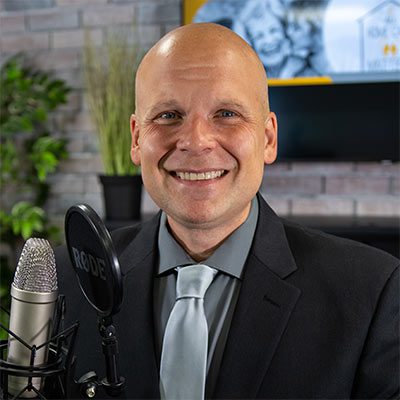Conversations and Cake: Death Cafes Around the World
I was sent a Los Angeles Times article yesterday because my booklets were cited as an educational tool at a Death Cafe in the city. It reminded me of a time several years ago when a local Death Cafe leader asked to screen my short film New Rules For End of Life Care in a movie theater to kick off a Death Cafe meeting. This was a new group and the leader anticipated the conversation after the screening of the film would probably last only 15 to 20 minutes. But the questions following the film lasted so long the movie theater proprietor said we had to stop so he could go home.
What that told me was that we are literally starved for information about end of life. We carry a lot of fear with us regarding dying and death. This fear originates in our personal experiences and a lack of knowledge. When a subject as taboo as dying occurs in our personal life and not someone else’s, we are unprepared.
Enter Death Cafes! The Death Cafe model was developed by Jon Underwood and Sue Barsky Reid, based on the ideas of Bernard Crettaz. Death Cafes are a place to talk about the unspeakable; a place for those whose quest is for more knowledge; a place where we can talk freely about our fears, our concerns, and our personal experiences; a place that is safe from judgment. And all of this takes place over cake and tea.
Death Cafes take place across the world and are a place for people to have free-form conversations about death. Here is some information directly from the Death Cafe website:
“At a Death Cafe people, often strangers, gather to eat cake, drink tea and discuss death. Our objective is ‘to increase awareness of death with a view to helping people make the most of their (finite) lives’. A Death Cafe is a group directed discussion of death with no agenda, objectives or themes. It is a discussion group rather than a Grief support or counseling session.
Our Death Cafes are always offered:
– On a not for profit basis
– In an accessible, respectful and confidential space
– With no intention of leading people to any conclusion, product or course of action
– Alongside refreshing drinks and nourishing food – and cake!”
I see Death Cafes as the start of a conversation; the start of opening ourselves up to exploring end of life issues; the start of breaking the belief that if I talk about death and dying, I will surely die.
I’m going to “plant a seed.” What if church congregations, civic groups, and neighborhood get-togethers had Death Cafe nights or afternoons? As I write this, the sad thought occurred to me that maybe no one would come. BUT isn’t it worth a try to give people a safe place to explore the ideas and feelings that encompass a major part of life? We are born, we experience and then we die – all of us. We have conversations about birth and birthing, so why not have conversations about death and dying? If you want to begin a Death Cafe, here is the guide to follow. Something to think about.
Originally Published on https://bkbooks.com/blogs/something-to-think-about

